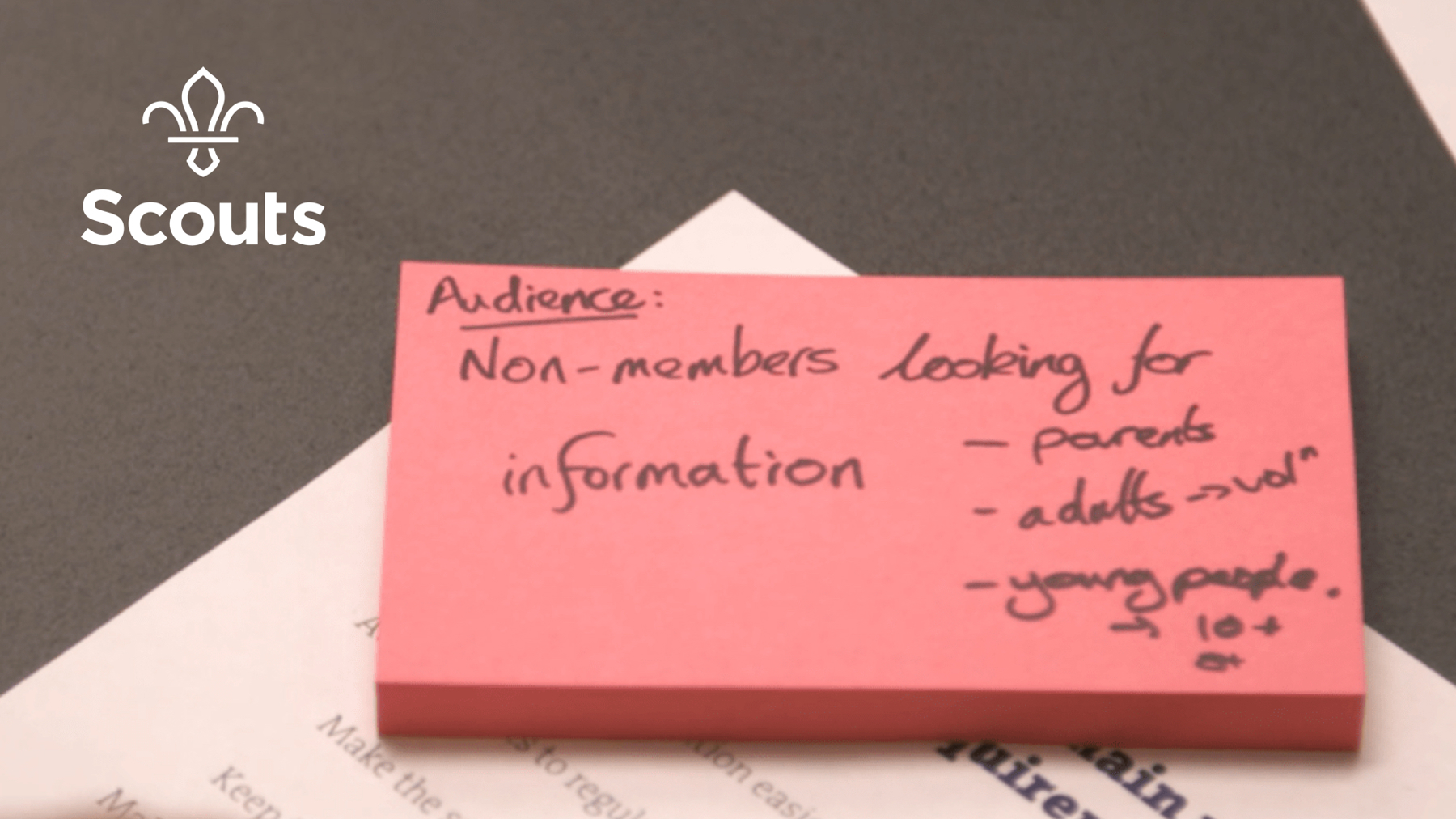Planning a 'firebreak' – beta website development
We are starting our first ‘firebreak’ – a short break in a development cycle to rejuvenate and reset the team. Because this process is new to us, we thought we would share the thinking behind it.

To develop our new website, we have been using the iterative development approach known as Agile. This means you build software in small, incremental stages, called sprints, working to achieve a series of goals that can be released as features or fixes periodically. In contrast to other approaches, Agile encourages the development and release of individual functions as opposed to a whole, finished product. This is what has enabled us to release our website in its “beta” stage.
Each Agile development is unique, and we have chosen to work in three-week sprints. During this time our development and technical teams deliver features, bug fixes and infrastructure changes.
This is a very intensive way of working and the team can quickly burn out if the cycle is not broken. We looked to the Government Digital Service, Google and other tech organisations to see if they had any solutions, and they did – a ‘firebreak’.
A firebreak is, as the GOV.UK team describes it, a time to “investigate new ideas”, allowing developers to “scratch their own itches”. We decided that a two-week firebreak once a quarter would help to maintain development pace and morale. The break would help the development and technical teams to reflect and recharge by working on their own ideas for the Scouts. We could also use this time to reflect on our work, meeting with key stakeholders to look at the year ahead and plan for the next quarter.
We also decided, to ensure we were maximising value from the ‘break’, that we would set some rules.
How it works
Just as in a normal sprint, the team comes together to discuss issues. In this case, they also discuss ideas they have had, to see whether it ‘has legs’. As individuals, or in small groups, team members then pitch their idea, explaining what it is and why they feel it’s important.
To ensure pitches are relevant to the development of our website, they have to fulfil these criteria:
- the idea must be related to the overall direction we are moving in;
- the work must be completed within the firebreak and take no longer.
The team then votes on ideas they want to work on and those they feel will positively impact the Scouts. From this, our firebreak work is decided. Development work then begins and is presented at the end of the two-week period.
We can’t wait to share the outcomes of our first firebreak with you.